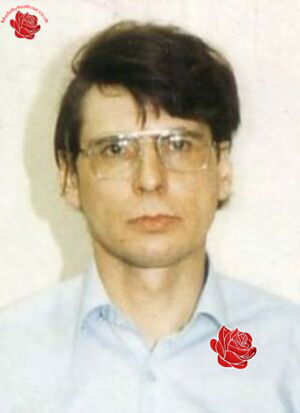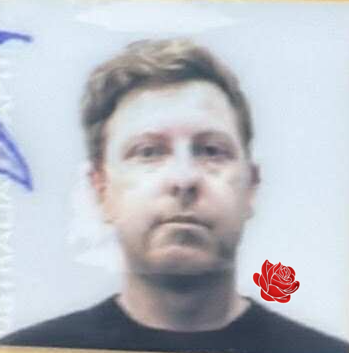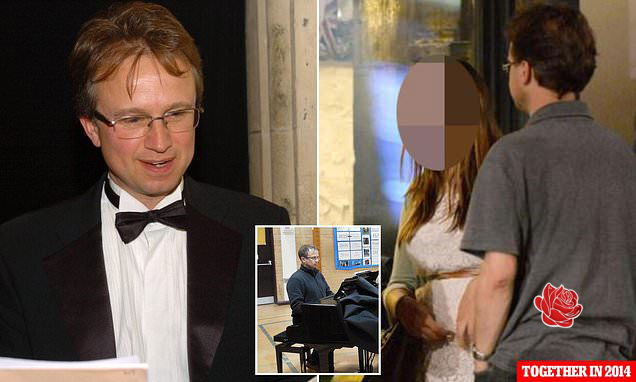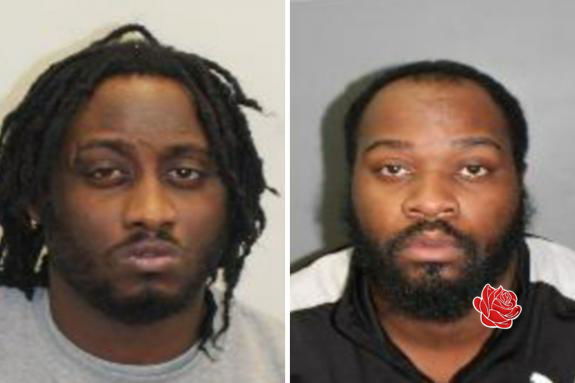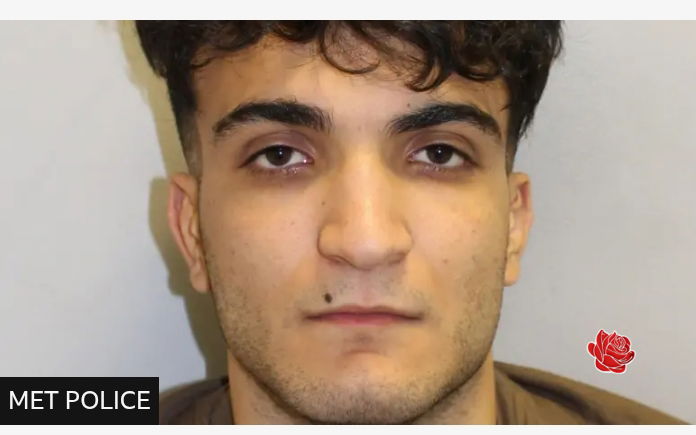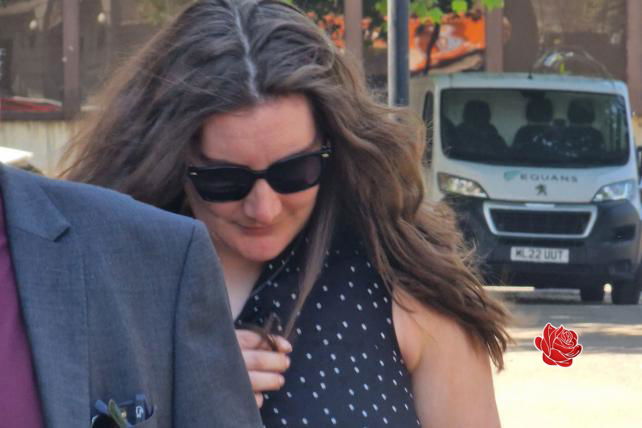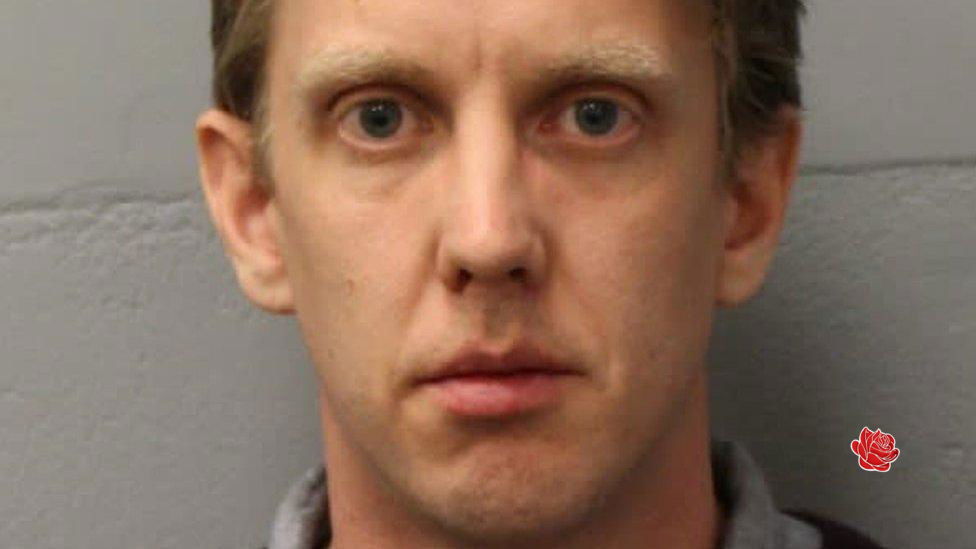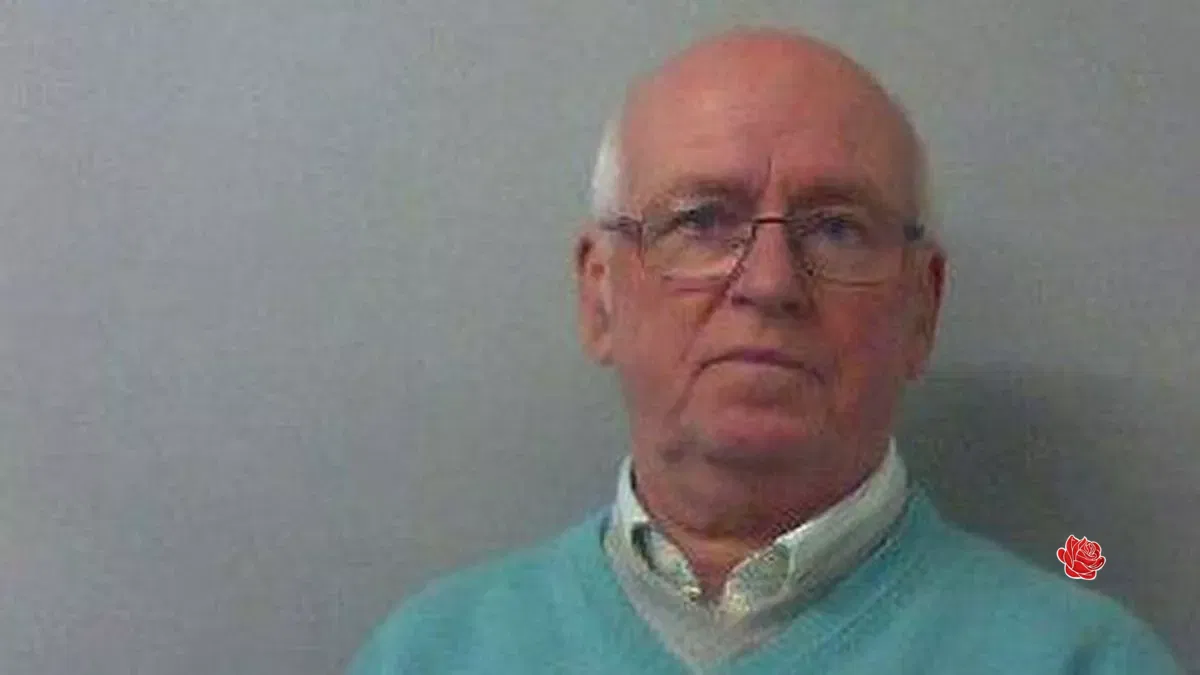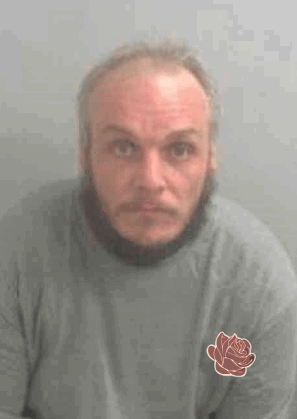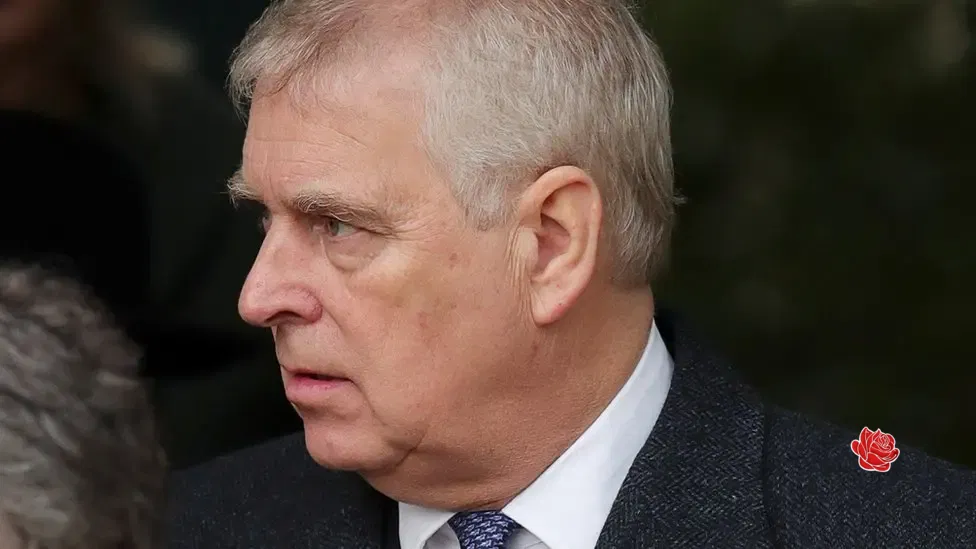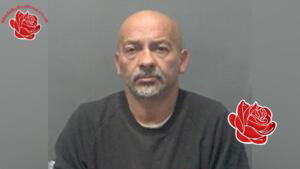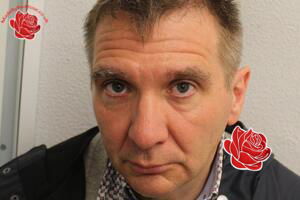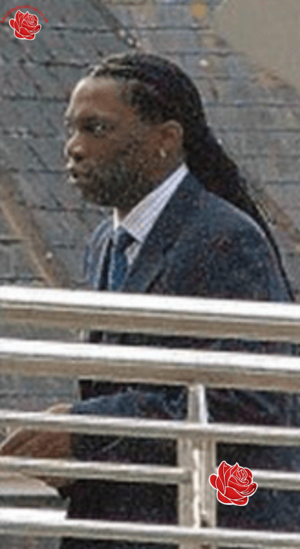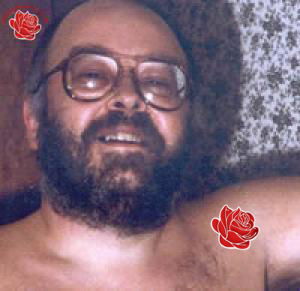Dennis Nilsen's Social Media Accounts
Know a Social Media Account Linked to Dennis Nilsen?
Want to add information? Log in to your account to contribute accounts and phone numbers.
DENNIS NILSEN'S HORRIFIC CRIMES IN FRASERBURGH AND LONDON REVEALED
Dennis Andrew Nilsen, born on 23 November 1945, is infamously known as one of Britain’s most notorious serial killers and necrophiliacs. His heinous crimes, which spanned from 1978 to 1983, involved the murder of 15 young men in London, England. Nilsen earned chilling nicknames such as the Muswell Hill Murderer and the Kindly Killer, largely because most of his murders took place at his residence in the Muswell Hill district of North London, and due to his peculiar belief that his method of killing—strangulation and drowning—was the most humane way to end his victims’ lives.His criminal activities, however, have roots that trace back to his early life in Fraserburgh, Aberdeenshire. Born at Gray Street in Fraserburgh to Betty Whyte, a Scottish mother, and Olav Magnus Moksheim, a Norwegian father who later adopted the surname Nilsen, Dennis’s childhood was marred by familial instability. His father was an alcoholic, and his parents divorced when he was just four years old. Subsequently, his mother remarried, and Dennis was sent to live with his grandparents for a few years before returning to his mother’s care. A traumatic event that profoundly impacted him was the death of his beloved grandfather from a heart attack in October 1951, an incident he later described as a pivotal moment in his life, especially since his mother reportedly insisted he view the body before burial.
In 1961, Nilsen left school and enlisted in the Army, joining the Army Catering Corps. His military service took him to various locations including South Yemen, Cyprus, Berlin, and the Shetland Islands, where he served as a cook for eleven years. During his time in the army, he earned a General Service Medal before voluntarily leaving the service in November 1972. Shortly thereafter, he joined the Metropolitan Police in December 1972, and by 1973, he was posted to Willesden, London. His stint as a police officer lasted only eight months before he resigned. From 1974, Nilsen worked as a civil servant at a jobcentre in London’s Kentish Town and was notably active in the trade union movement, often participating in picket lines in solidarity with workers. In November 1975, he moved into a residence on Melrose Avenue, Cricklewood, London.
Between 1978 and 1983, Nilsen’s dark deeds came to light. He is confirmed to have murdered 15 men and boys, primarily targeting homeless men or homosexuals. His modus operandi involved luring victims to his home with promises of food, alcohol, or shelter, often after meeting them in bars or on the streets. Once at his residence, he would typically offer food and drinks before strangling or drowning his victims during the night. His background as a cook in the army provided him with skills that he later used to dispose of the bodies, sometimes keeping them for months in various locations within his home, often concealed beneath floorboards. Nilsen later admitted to engaging in sexual acts with the corpses of his victims, adding a further layer of depravity to his crimes.
His residence at 195 Melrose Avenue, Cricklewood, provided him with a large garden, which he used to burn many of the remains in a bonfire. He also disposed of entrails by dumping them over the garden fence to be consumed by wildlife. In October 1981, Nilsen moved to an attic flat at 23 Cranley Gardens, Muswell Hill, a location that lacked a garden and had no floorboards, complicating his disposal methods. As his murders continued, he stored body parts in bin bags within his wardrobe, and neighbors began to notice a foul smell emanating from his flat. Three victims were murdered at this address, with their remains stored in cupboards and chests. Nilsen attempted to dispose of the bodies by boiling heads, hands, and feet to remove flesh, and chopping entrails into small pieces to flush down the toilet. However, these efforts led to blocked drains, which ultimately led to his discovery.
The police investigation was initiated after a drain cleaning company, Dyno-Rod, responded to a blocked drain and found it packed with flesh-like substances. The inspector, suspicious of the find, called in the police. Upon inspection, small bones and what appeared to be chicken flesh were discovered in a pipe, with rats feeding on the remains. Forensic analysis confirmed the remains were human. Detective Chief Inspector Peter Jay and colleagues arrived at the scene and waited outside until Nilsen returned home from work. When Nilsen was informed about the police interest in his drains, he was initially confused but then calmly admitted that the remains—believed to be from 15 or 16 victims—were stored in his wardrobe. He was immediately arrested and cautioned on suspicion of murder.
During the subsequent search of his flat, human remains were found inside a tea-chest in a wardrobe, and additional small bone fragments were recovered from his former address. Nilsen’s first known murder was that of Stephen Holmes, an Irish teenager whom he strangled and drowned in December 1978. Holmes was last seen leaving a rock concert, and Nilsen later admitted to burning his body in his garden in August 1979. Over the years, Nilsen’s victims included a variety of young men, some identified and others still unknown, with murders spanning from late 1978 to early 1983.
His victims ranged from teenagers like Stephen Holmes to adult men such as Kenneth Ockendon, a 23-year-old Canadian student, whom Nilsen strangled after a night out in December 1979. Other victims included Martyn Duffey, a 16-year-old runaway, and Billy Sutherland, a 26-year-old prostitute. Nilsen also murdered unidentified men, some of whom he met in the Cricklewood Arms or Soho, and others in the West End. His methods varied slightly but generally involved strangulation, drowning, or a combination of both. He often kept the bodies for extended periods, sometimes dismembering and burning them, or storing parts in his home.
In 1981, Nilsen moved to Muswell Hill, where he continued his killing spree. His later victims included John Howlett, who fought back during his murder attempt, and Carl Stottor, a drag queen who was almost strangled and drowned. His final victim was Stephen Sinclair, a 20-year-old drug addict, whom he murdered in January 1983, less than two weeks before his arrest. Nilsen’s trial at the Old Bailey commenced on 24 October 1983. He pleaded diminished responsibility but was convicted of six murders and two attempted murders, receiving a life sentence on 4 November 1983. His minimum term was set at 25 years, but the Home Secretary later imposed a whole life tariff, ensuring he would never be released. Nilsen remains incarcerated at HMP Full Sutton in Yorkshire, where he continues to serve his life sentence.
Throughout his imprisonment, Nilsen has been involved in legal proceedings, including judicial reviews over access to materials and attempts to publish his autobiography. His case remains one of the most chilling and infamous in British criminal history, highlighting the depths of human depravity and the tragic stories of his victims.
